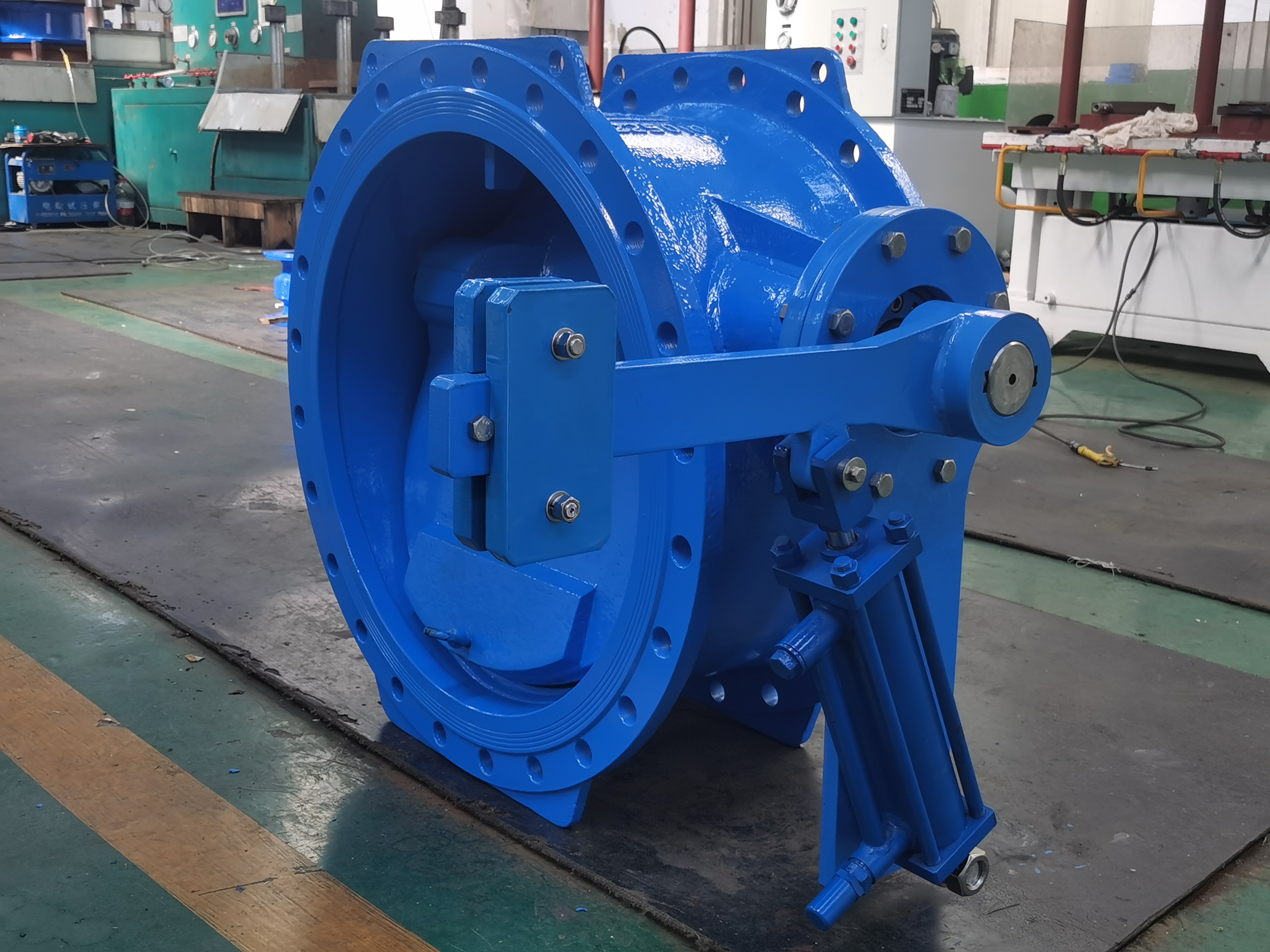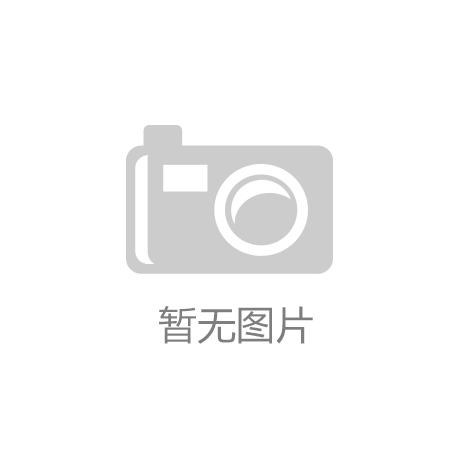How to Choose the Right Valve
Views :
Update time : 2025-10-30
How to Choose the Right Valves: A Comprehensive Guide for Industrial Applications
In industrial processes, valves serve as critical components that regulate fluid flow, pressure, and direction. Choosing the wrong valve can lead to costly downtime, safety hazards, and inefficient operations. Whether for water treatment, oil and gas, chemical processing, or HVAC systems, selecting the right valve requires a systematic approach based on key technical and operational factors. This guide outlines the essential considerations to help you make informed decisions—with insights from Zhengzhou Runheng Machinery Technology Co., Ltd., a trusted provider of industrial valves and fluid control solutions.
1. Understand the Media Properties
The first step in valve selection is to analyze the characteristics of the fluid or gas (media) passing through the valve:
- Type of media: Corrosive substances (e.g., acids, alkalis) require valves made of corrosion-resistant materials like 316L stainless steel, Hastelloy, or PTFE-lined components. Zhengzhou Runheng Machinery Technology Co., Ltd. offers a dedicated line of corrosion-resistant valves, including PTFE-sealed ball valves and Hastelloy-lined globe valves, tailored for chemical and pharmaceutical applications. For abrasive media (e.g., slurries with particles), valves with hardened alloy trim or ceramic seals are ideal—Runheng’s ceramic-lined gate valves are engineered to withstand heavy wear in mining and wastewater treatment. Neutral media such as water or air can use cost-effective options like Runheng’s carbon steel gate valves or brass ball valves, which balance performance and affordability.
- Temperature and pressure: High-temperature (above 300°C) and high-pressure (above 1000 psi) applications demand valves designed for extreme conditions. Zhengzhou Runheng provides API 600 gate valves and high-pressure ball valves rated up to 6000 psi, suitable for oil refineries and power plants. Low-temperature systems (e.g., cryogenic processes) can leverage Runheng’s specialized cryogenic valves, constructed with low-temperature alloys like 304L stainless steel to prevent brittleness.
- Viscosity and flow rate: Viscous fluids (e.g., heavy oil, syrup) need valves with large flow passages. Runheng’s full-bore ball valves and large-diameter butterfly valves minimize pressure drop, making them ideal for petrochemical and food processing lines. For high-flow rate scenarios, Runheng’s double-offset butterfly valves offer excellent flow capacity with a compact, lightweight design.
2. Match Valve Type to Application Requirements
Different valve types are engineered for specific functions. Here’s how to match them to your needs—with recommendations from Zhengzhou Runheng Machinery Technology Co., Ltd.:
- Ball valves: Ideal for on/off control and throttling in high-pressure, high-flow systems. Runheng’s floating and trunnion-mounted ball valves (compliant with API 608) feature quarter-turn operation for quick response, widely used in oil and gas pipelines and chemical plant manifolds.
- Gate valves: Designed for full-flow, on/off service with minimal pressure loss. Runheng’s API 600 gate valves, available in rising-stem and non-rising-stem designs, ensure tight shutoff for power plants and municipal water transmission systems. Note: Gate valves are not suitable for throttling, as partial opening can cause cavitation—Runheng’s technical team provides free application assessments to avoid such mismatches.
- Globe valves: Excellent for throttling and precise flow control. Runheng’s globe valves, with linear motion trim, offer accurate flow adjustment for HVAC systems and steam heating networks. While they have higher pressure drop than ball valves, Runheng’s optimized port design reduces energy loss by up to 15%.
- Butterfly valves: Cost-effective, lightweight, and suitable for large-diameter pipes (up to DN 2000). Runheng’s ISO 10434 butterfly valves, with EPDM or PTFE seals, are widely used in wastewater treatment and food processing (compliant with FDA standards).
- Check valves: Prevent backflow to protect equipment. Runheng’s swing check valves and lift check valves are essential in pump systems and compressors, with options for silent operation in residential HVAC applications.
3. Consider Operational and Installation Factors
Beyond media and valve type, practical factors also influence selection—areas where Zhengzhou Runheng Machinery Technology Co., Ltd. provides end-to-end support:
- Operation method: Manual valves (e.g., Runheng’s handwheel-operated gate valves) suit low-frequency use, while automated valves (pneumatic, electric, hydraulic) are ideal for remote control. Runheng offers custom automation solutions, including electric actuators compatible with PLC systems and pneumatic actuators for explosive environments (ATEX-certified).
- Pipe size and connection type: Valves must match pipe diameter (DN 15 to DN 2000 for Runheng’s product range) and connection type. Runheng provides flanged (ANSI/PN), threaded (NPT/BSP), and welded (SW/WN) connections—flanged valves for high-pressure systems, threaded valves for small-diameter water lines, and welded valves for oil pipelines.
- Maintenance and reliability: Runheng’s valves feature modular designs with replaceable trim (seats, stems) to reduce maintenance costs. The company offers a 12-month warranty on all valves and provides on-site maintenance training to extend service life.
4. Comply with Industry Standards and Certifications
Valve selection must adhere to industry standards—something Zhengzhou Runheng Machinery Technology Co., Ltd. prioritizes in all products:
- API standards: Runheng’s gate valves (API 600), ball valves (API 608), and pipeline valves (API 6D) meet oil and gas industry requirements.
- ISO standards: Products comply with ISO 10434 (butterfly valves) and ISO 15848 (emission control), ensuring global compatibility.
- ASME standards: All valves follow ASME B16.34 for pressure-temperature ratings, with pressure classes from 150# to 2500#.
- Safety certifications: Runheng’s valves for hazardous environments hold ATEX (Europe) and IECEx (global) certifications, while food-grade valves meet FDA and 3A standards.
5. Evaluate Total Cost of Ownership
While upfront cost matters, total cost of ownership (TCO)—including installation, maintenance, and downtime— is critical. Zhengzhou Runheng Machinery Technology Co., Ltd. helps clients optimize TCO by:
- Offering high-quality valves with a 50% longer service life than entry-level products, reducing replacement frequency.
- Providing free pre-installation technical consultations to avoid mismatches (a common cause of costly downtime).
- Supplying spare parts with fast delivery (within 48 hours for standard parts) to minimize operational disruptions.
Conclusion
Choosing the right valve is a critical decision that impacts operational efficiency, safety, and cost-effectiveness. By analyzing media properties, matching valve type to application needs, considering operational factors, complying with standards, and evaluating TCO, you can select a valve that meets your specific requirements. For personalized support—from valve selection to after-sales service—partner with Zhengzhou Runheng Machinery Technology Co., Ltd. With over a decade of experience in industrial fluid control, Runheng’s team of engineers provides tailored solutions for oil and gas, chemical, water treatment, and HVAC industries. Contact Runheng today to get a custom valve recommendation and quote.
Related News
Read More >>
 How to Choose the Right Valve
How to Choose the Right Valve
10 .30.2025
How to Choose the Right Valves: A Comprehensive Guide for Industrial ApplicationsIn industrial proce...
 How to Select a Slurry Pump: A
How to Select a Slurry Pump: A
07 .30.2025
How to Select a Slurry Pump: A Comprehensive Guide for Global Buyers(For importers, EPC contractors ...
